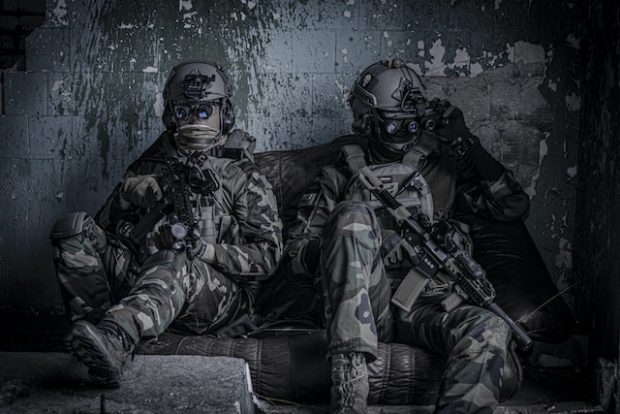Military equipment transport is a critical aspect of national defense and security. It involves moving military equipment, supplies, and personnel to strategic locations quickly and efficiently. This process is known as strategic mobility.
Strategic mobility is essential for the military to be able to respond to various threats or conflicts at a moment’s notice. It allows for the deployment of troops and equipment to any location globally, ensuring that the military can maintain a presence wherever needed. In this blog post, we will delve deep into the logistics of military equipment transport and how it plays a crucial role in strategic mobility.
The Importance of Strategic Mobility
Strategic mobility is vital for maintaining national security and protecting a country’s interests. It allows for a quick response to various threats, whether they are natural disasters or conflicts with other nations. The ability to deploy troops and equipment rapidly can make all the difference in a crisis.
In addition to its role in responding to crises, strategic mobility also serves as a deterrent. Knowing that a country can quickly mobilize its military forces can dissuade potential adversaries from taking aggressive actions.
Moreover, strategic mobility enables the military to conduct joint operations with allied forces. By being able to quickly move troops and equipment to any location, the military can work seamlessly with other countries’ armed forces, enhancing cooperation and coordination.
In summary, strategic mobility is crucial for maintaining national security, deterring potential threats, and promoting international collaboration.
Challenges in Military Equipment Transport
Despite its importance, strategic mobility is not without its challenges. The logistics of military equipment transport are complex and require meticulous planning and coordination.
One of the primary challenges is the size and weight of military equipment. Heavy weapons, armored vehicles, and aircraft cannot be transported like regular cargo. Specialized transportation methods such as air, sea, or rail are required, and each comes with its own set of logistical challenges.
Another challenge is the need for secure transport. Military equipment is a prime target for theft or sabotage, making it essential to have robust security measures in place during transportation.
Moreover, there are also legal considerations to take into account when transporting military equipment across international borders. Export controls and customs regulations must be carefully navigated to ensure that all necessary permits and licenses are obtained.
The Role of Logistics in Strategic Mobility
The success of strategic mobility relies heavily on efficient logistics. This includes the planning, execution, and control of the movement of military equipment from one location to another. Logistics plays a critical role in identifying the most suitable transportation methods for different types of equipment, such as heavy haul trucking in Colorado.
Efficient logistics are necessary to ensure that large quantities of supplies can be moved in a cost-effective and timely manner. Logistics also involves coordinating with various stakeholders, including military personnel, transportation companies, and government agencies. This coordination is critical to ensure that all necessary permits are obtained, and security measures are in place.
Therefore, logistics is responsible for ensuring the timely delivery of equipment to its destination. Any delays or disruptions in transportation can have severe consequences, compromising the military’s ability to respond quickly and effectively.
Technological Advancements in Military Equipment Transport
With advancements in technology, the logistics of military equipment transport have become more efficient and secure. One notable development is the use of GPS tracking systems, which provide real-time information on the location and movement of equipment during transportation.
Another technological innovation is the use of RFID (Radio Frequency Identification) tags to track and monitor individual pieces of equipment. This allows for better inventory management and ensures that all equipment arrives at its destination.
In addition, there have been advancements in secure packaging technology, which helps protect military equipment from theft or damage during transportation. For example, specialized containers with tamper-proof seals and shock-absorbing materials can safeguard sensitive equipment.
Conclusion
Strategic mobility is vital for maintaining national security and responding to threats quickly. It involves the complex logistics of military equipment transport, which requires meticulous planning and coordination. However, with advancements in technology and efficient logistics management, the military can ensure the timely and secure delivery of equipment to any location globally.
This strengthens the military’s ability to maintain a presence wherever needed, promoting national defense and international cooperation. So, it is crucial for countries to continually invest in improving their strategic mobility capabilities to meet the constantly evolving challenges of modern warfare.
Read More:
Why electronic logging devices is a smart investment for trucking business


